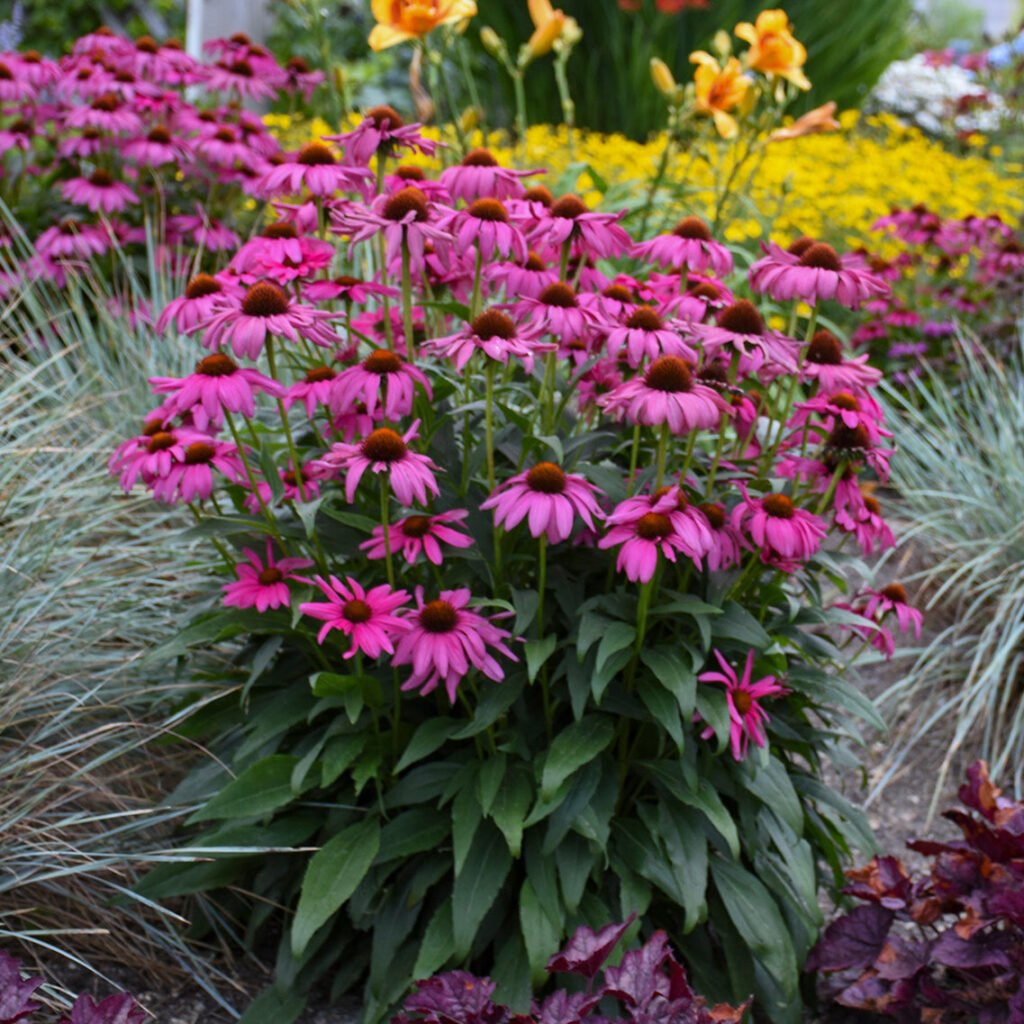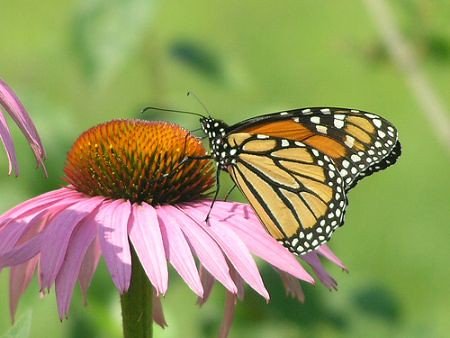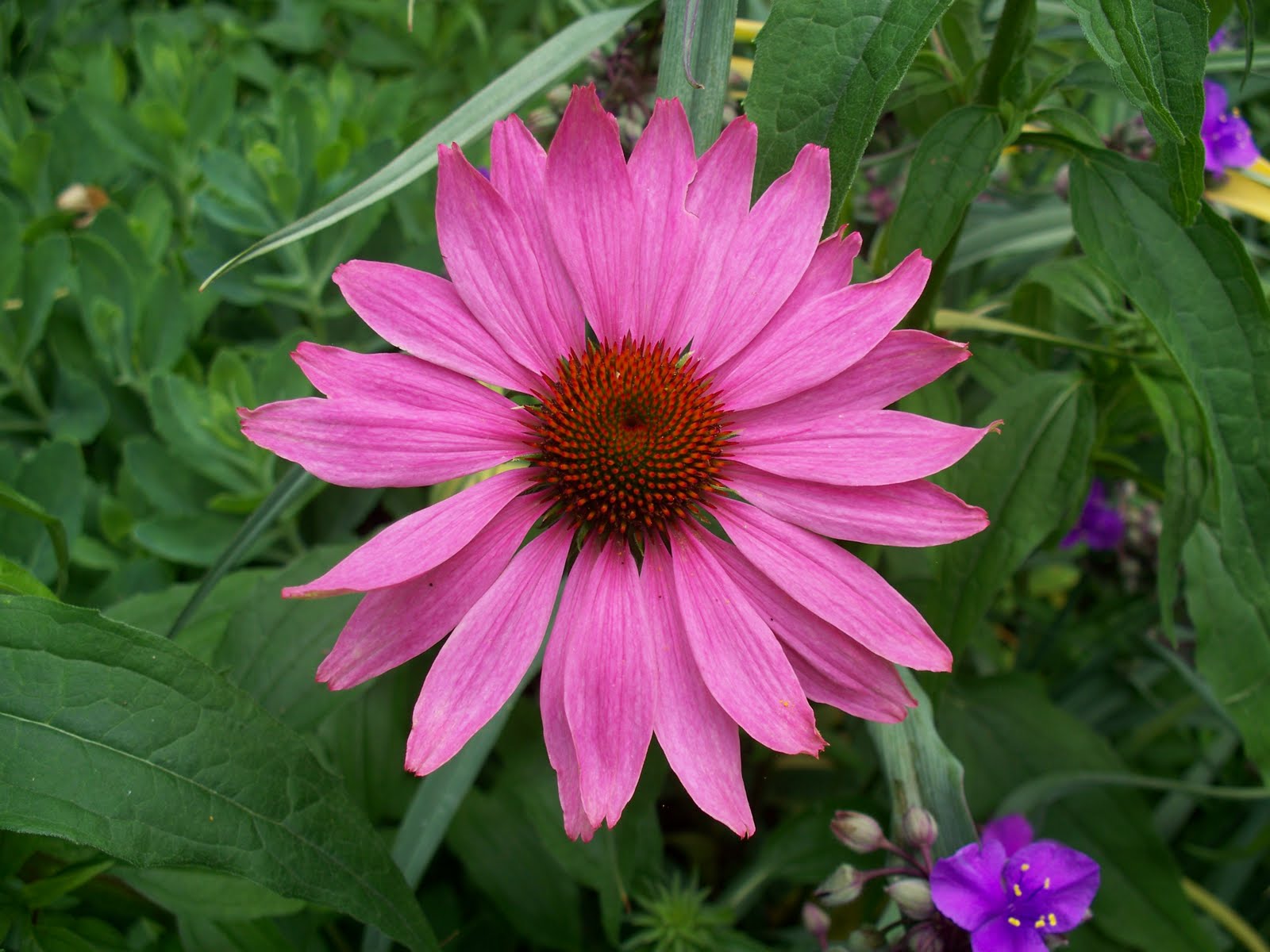Conservation Status
In Florida, the Purple Coneflower is state-endangered, its natural habitat is under constant threat due to urban development and habitat fragmentation. Conservation efforts are focused on habitat preservation and the encouragement of native plant gardening.

Ecology and Native Environment
This plant thrives in well-drained soils and is often found in open woodlands, prairies, and meadows. It prefers full sun but can tolerate partial shade. It’s a hardy plant that can withstand the hot and humid summers of Florida.

50 Purple Coneflower Seeds (Echinacea purpurea) for North America
Purple Coneflower Seeds (Echinacea purpurea) for all of North America. USDA Zones 3-9. More than 50 seeds.
Plant Associations
Purple Coneflower is commonly found alongside other native perennials such as Orange Coneflower (Rudbeckia fulgida), Black-eyed Susan (Rudbeckia hirta), Butterfly Milkweed (Asclepias tuberosa), and Wild Bergamot (Monarda fistulosa).
